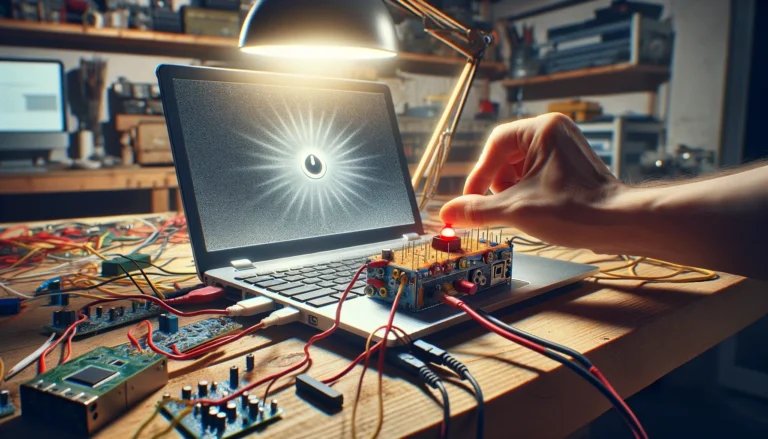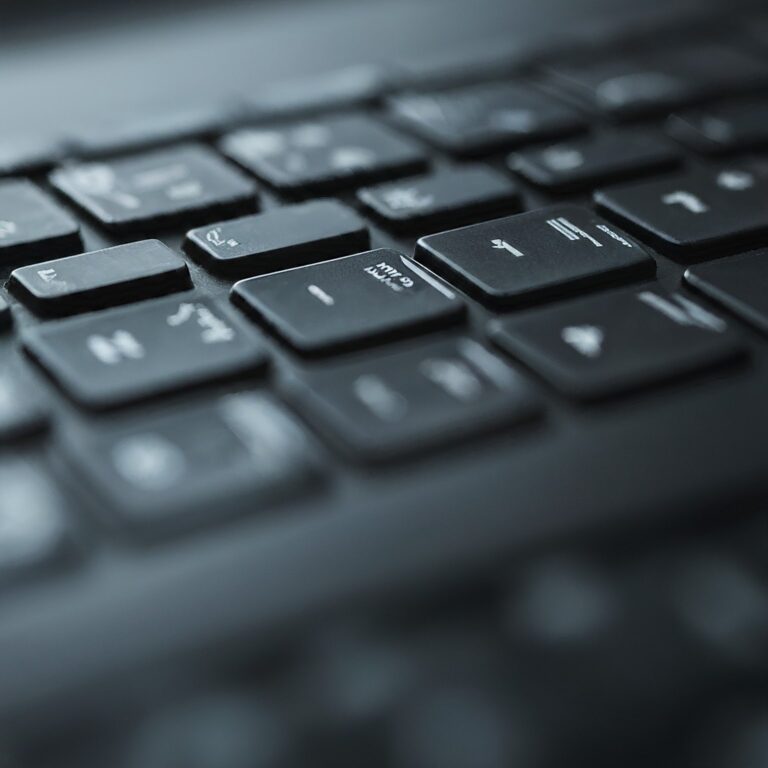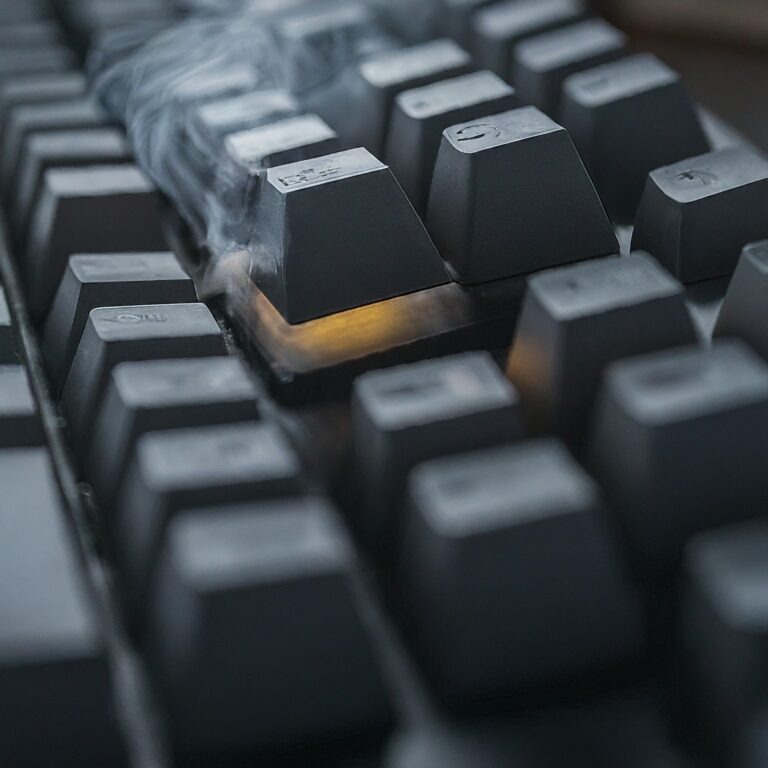Introduction
Laptops have become indispensable tools in our daily lives, serving various purposes from work to entertainment. A critical aspect that often concerns users is the battery life and charging time, especially when dealing with a completely dead laptop. Understanding how long it takes for such a laptop to charge is crucial for planning and ensuring uninterrupted use. This blog post delves into the factors that affect charging times, offering a comprehensive overview to help users manage their expectations and device usage effectively.
Battery technology, charger specifications, and the laptop’s power management system play pivotal roles in determining charging duration. Innovations like fast-charging have significantly reduced waiting times, but they are not universally applicable. Through a detailed exploration, we aim to provide insights into what influences charging times and how users can optimize their charging practices.
Key Takeaways
- Charging Time Variability: The time it takes to charge a completely dead laptop can vary widely based on the device’s specifications and the charger used.
- Battery Capacity and Health: Larger battery capacities typically require longer charging times, and battery health can impact charging efficiency over time.
- Charger Output: The power output of the charger is crucial; higher wattage chargers can reduce charging times, assuming the laptop supports them.
- Laptop Specifications: High-performance laptops with powerful hardware may consume more power, potentially lengthening charging durations.
- Fast-Charging Technologies: Many modern laptops come with fast-charging capabilities, which can significantly cut down charging times.
- Usage During Charging: Using the laptop while it’s charging can extend the charging process, especially if running power-intensive applications.
Understanding Battery Capacity and Charging Rates
Lithium-Ion Batteries: The Standard in Modern Laptops
Laptops predominantly use lithium-ion batteries, prized for their energy density and longevity. These batteries charge faster initially but slow down as they approach full capacity to preserve battery health.
Calculating Charging Time
The basic formula to estimate charging time involves dividing the battery’s capacity (in watt-hours) by the charger’s output (in watts), adjusting for efficiency losses (typically around 20%).
The Role of Battery Capacity
Battery capacity, measured in watt-hours (Wh), directly impacts charging time. Larger batteries store more energy, necessitating longer charging periods to reach full capacity.
Fast-Charging Technology
Fast-charging technology allows for quicker charging by increasing the power delivery to the battery. However, it requires compatibility between the charger, laptop, and battery to be effective.
Charger Compatibility and Efficiency
Using the manufacturer-provided charger ensures optimal compatibility and efficiency. Third-party or incompatible chargers may lead to slower charging times or potential damage.
The Impact of Laptop Use on Charging Time
Power Consumption During Use
Running applications, especially resource-intensive ones, increases power consumption, which can significantly slow down charging if the laptop is in use during the process.
Energy Management Settings
Laptops often have energy-saving modes that, when activated, can reduce power consumption and potentially speed up charging times when the device is in use.
Fast-Charging Technologies and Their Limitations
Understanding Fast-Charging Standards
Various fast-charging standards exist, such as USB Power Delivery and proprietary technologies like Apple’s MagSafe or Dell’s ExpressCharge, each with unique capabilities and limitations.
Compatibility and Safety
For fast-charging to work effectively, the laptop, battery, and charger must all support the same fast-charging standard, ensuring safety and optimal performance.
Thermal Management
Fast charging generates more heat, requiring sophisticated thermal management systems in laptops to prevent overheating and ensure battery longevity.
Optimizing Charging Practices for Longevity
Charging Habits
Maintaining battery health involves adopting good charging habits, such as not always charging to 100% or letting the battery discharge too low too frequently.
Using the Right Charger
Always use the charger that came with your laptop or one that is certified to be compatible to ensure safety and efficiency.
Avoiding Extreme Temperatures
Exposure to extreme temperatures, both hot and cold, can degrade battery health over time. It’s important to charge and use your laptop in recommended temperature ranges.
Conclusion
The charging time for a completely dead laptop can vary significantly based on numerous factors, including the device’s specifications, the battery’s capacity and health, and the charger’s output. Fast-charging technologies have made it possible to reduce charging times considerably, but their effectiveness is contingent upon compatibility with the laptop’s hardware. Users can optimize their charging practices by understanding these factors and adhering to best practices, such as using the appropriate charger and avoiding extreme temperatures, to maintain battery health and efficiency.
FAQ
Q: Can I use my laptop while it’s charging?
A: Yes, but be aware that using the laptop, especially for power-intensive tasks, can slow down the charging process.
Q: Is it bad to leave my laptop plugged in all the time?
A: Modern laptops are designed to handle being plugged in for extended periods, but it’s still beneficial to cycle the battery occasionally.
Q: How can I tell if my charger is compatible with fast-charging?
A: Check your laptop’s specifications or consult with the manufacturer to determine if your charger and laptop support fast-charging technologies.
Q: Will using a non-original charger affect my battery?
A: Using a non-original but compatible and certified charger should not harm your battery. However, using a low-quality or incompatible charger can lead to slower charging times or even damage.
Q: How does battery health affect charging time?
A: Over time, batteries degrade and may not charge as efficiently, leading to longer charging times and reduced overall capacity.
- Is It OK to Clean Laptop Keyboard With Wet Wipes? - March 19, 2024
- How Long Does it Take For a Completely Dead Laptop to Charge? - March 18, 2024
- How Do You Fix a Computer That Won’t Turn on But Has Power? - March 18, 2024






